Mehreen Sirshar
An Incremental Learning Approach to Automatically Recognize Pulmonary Diseases from the Multi-vendor Chest Radiographs
Jan 14, 2022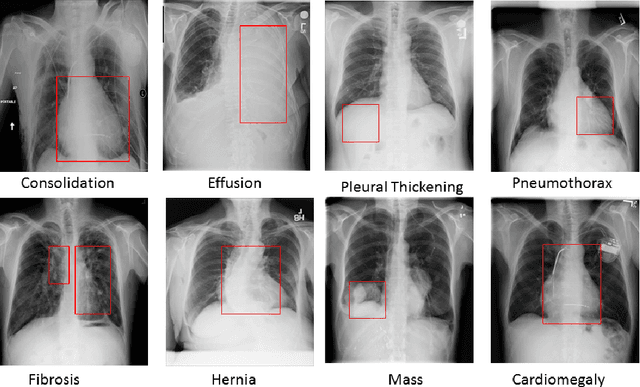
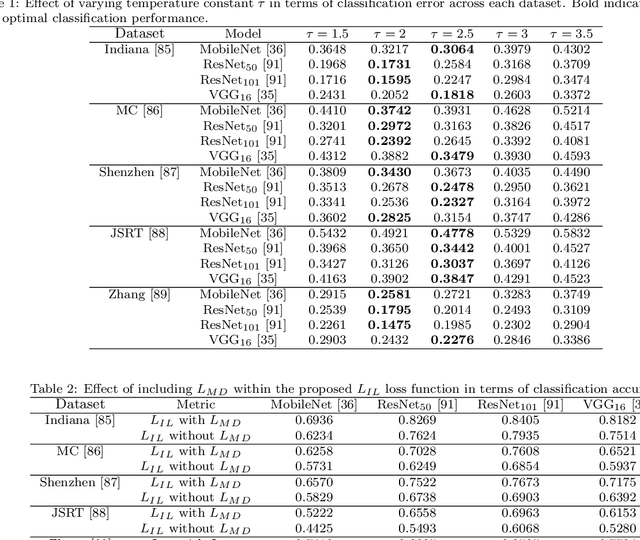
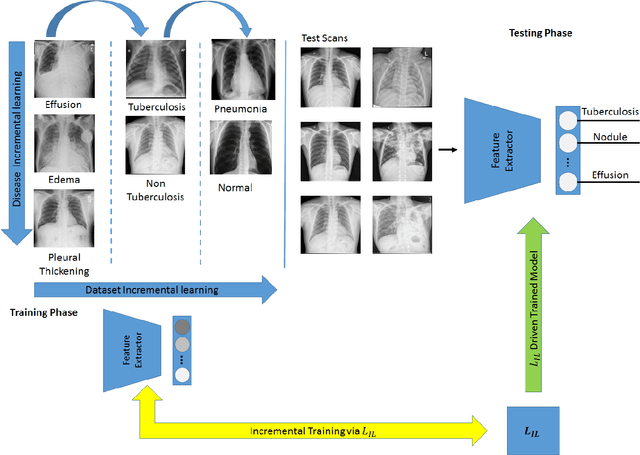

Abstract:Pulmonary diseases can cause severe respiratory problems, leading to sudden death if not treated timely. Many researchers have utilized deep learning systems to diagnose pulmonary disorders using chest X-rays (CXRs). However, such systems require exhaustive training efforts on large-scale data to effectively diagnose chest abnormalities. Furthermore, procuring such large-scale data is often infeasible and impractical, especially for rare diseases. With the recent advances in incremental learning, researchers have periodically tuned deep neural networks to learn different classification tasks with few training examples. Although, such systems can resist catastrophic forgetting, they treat the knowledge representations independently of each other, and this limits their classification performance. Also, to the best of our knowledge, there is no incremental learning-driven image diagnostic framework that is specifically designed to screen pulmonary disorders from the CXRs. To address this, we present a novel framework that can learn to screen different chest abnormalities incrementally. In addition to this, the proposed framework is penalized through an incremental learning loss function that infers Bayesian theory to recognize structural and semantic inter-dependencies between incrementally learned knowledge representations to diagnose the pulmonary diseases effectively, regardless of the scanner specifications. We tested the proposed framework on five public CXR datasets containing different chest abnormalities, where it outperformed various state-of-the-art system through various metrics.
* Computers in Biology and Medicine
Target Tracking In Real Time Surveillance Cameras and Videos
Jun 22, 2015

Abstract:Security concerns has been kept on increasing, so it is important for everyone to keep their property safe from thefts and destruction. So the need for surveillance techniques are also increasing. The system has been developed to detect the motion in a video. A system has been developed for real time applications by using the techniques of background subtraction and frame differencing. In this system, motion is detected from the webcam or from the real time video. Background subtraction and frames differencing method has been used to detect the moving target. In background subtraction method, current frame is subtracted from the referenced frame and then the threshold is applied. If the difference is greater than the threshold then it is considered as the pixel from the moving object, otherwise it is considered as background pixel. Similarly, two frames difference method takes difference between two continuous frames. Then that resultant difference frame is thresholded and the amount of difference pixels is calculated.
Flow Segmentation in Dense Crowds
Jun 15, 2015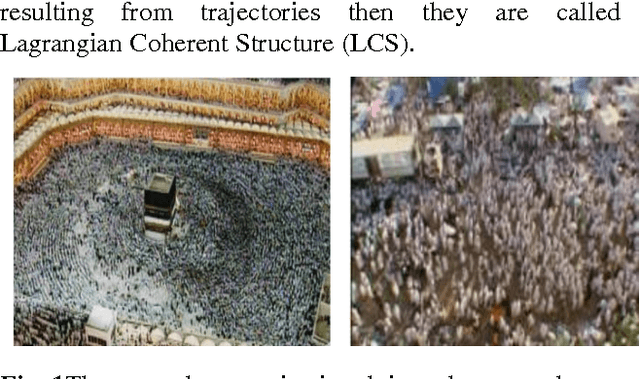

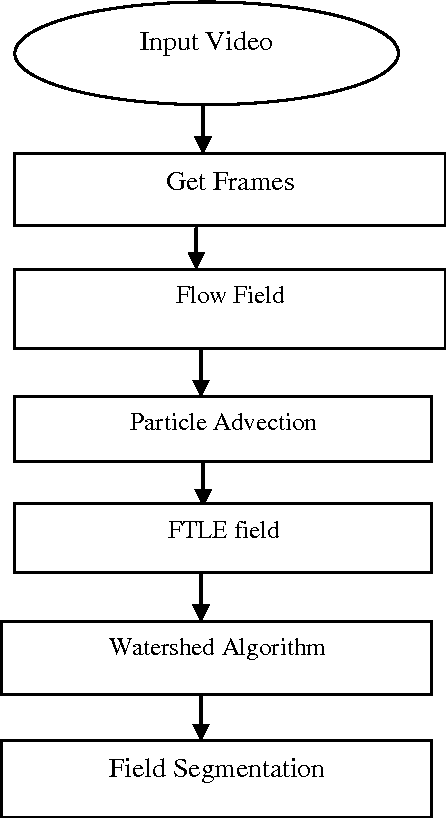

Abstract:A framework is proposed in this paper that is used to segment flow of dense crowds. The flow field that is generated by the movement in the crowd is treated just like an aperiodic dynamic system. On this flow field a grid of particles is put over for particle advection by the use of a numerical integration scheme. Then flow maps are generated which associates the initial position of the particles with final position. The gradient of the flow maps gives the amount of divergence of the neighboring particles. For forward integration and analysis forward Finite time Lyapunov Exponent is calculated and backward Finite time Lyapunov Exponent is also calculated it gives the Lagrangian coherent structures of the flow in crowd. Lagrangian Coherent Structures basically divides the flow in crowd into regions and these regions have different dynamics. These regions are then used to get the boundary in the different flow segments by using water shed algorithm. The experiment is conducted on the crowd dataset of UCF (University of central Florida).
 Add to Chrome
Add to Chrome Add to Firefox
Add to Firefox Add to Edge
Add to Edge